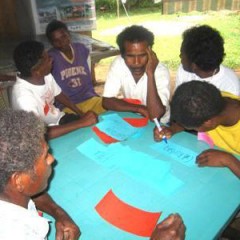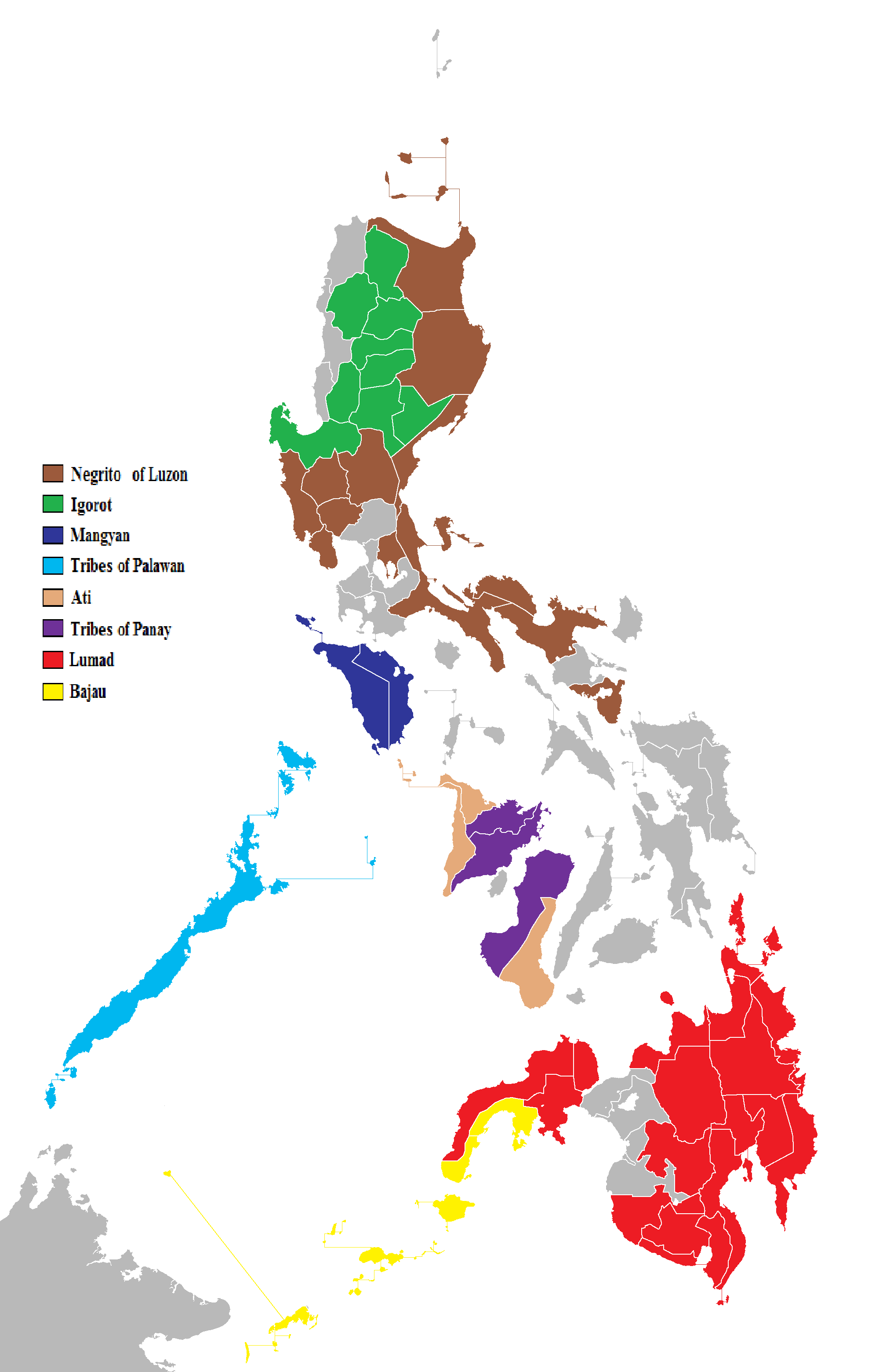Indigenous Peoples and Community-Conserved Areas
Where are Indigenous Peoples Distributed in the Philippines?

Filipinos’ indigenous roots come in a very diverse range. Over a hundred ethnolinguistic groups comprise the ancestry of the Philippines, mirroring to a great extent the precious biological and ecological variety that the country’s 7,000-strong islands boast.
Filipinos’ indigenous roots come in a very diverse range. Over a hundred ethnolinguistic groups comprise the ancestry of the Philippines, mirroring to a great extent the precious biological and ecological variety that the country’s 7,000-strong islands boast. Also like the diverse flora and fauna of the archipelago, indigenous peoples and cultural communities make their home in different ecological territories, from the coasts to the highlands.
IP groups in the Philippines may be classified under eight major groupings that are further subdivided into more than 100 ethno-linguistic groups spread out across over 60 of the country’s provinces. The map below is a simple illustration of the territorial distribution of the major ethnographic classifications of Philippine IPs.
The largest current populations belong to the Lumads (all non-Muslim IP groups) of Mindanao, while the Cordillera IP groups (collectively referred to as the Igorots) of the Luzon uplands also account for a significant portion of the indigenous population. Other distinct indigenous groups in the Philippines are the Caraballo tribes of the eastern central Luzon mountain ranges, the Agta and Aeta/Negrito who are the most widely distributed (Central Luzon), the Mangyan of Mindoro, the Palawan hill tribes, the Visayas IP groups, and the Islamic IP groups of Mindanao.
Naturally, within each of these territories lie several ancestral domains which in turn cover key environmental areas that have been traditionally protected and managed by the various IPs and ICCs through their own respective methods. Such diversity in tradition and practice is an integral, but currently oft-overlooked, element in local and national-level policy regarding the conservation of biodiversity in the Philippines.
Take a look at the related topics on the sidebar to read more on this subject.
Who are the Indigenous Peoples?
As defined by the Indigenous Peoples’ Rights Act of 1997 (RA No. 8371, or simply IPRA), indigenous peoples (and/or indigenous cultural communities):
- are a group of people or homogenous societies identified by self-ascription and ascription by others;
- continuously live as organized community on communally bounded and defined territory;
- have, under claims of ownership since time immemorial, occupied, possessed, and utilized such territories, sharing common bonds of language, customs, traditions and other distinctive cultural traits;
- have, through resistance to political, social and cultural inroads of colonization, non-indigenous religions and cultures, became historically differentiated from the majority of Filipinos;
- are regarded as indigenous on account of their descent from the populations which inhabited the country, at the time of conquest or colonization, or at the time of inroads of non-indigenous religions and cultures, or the establishment of present state boundaries;
- are those who may have retained some or all of their own social, economic, cultural and political institutions, but who may have been displaced from their traditional domains or who may have resettled outside their ancestral domains.
|
Indigenous Populations Across the Philippines
The National Commission on Indigenous Peoples (NCIP) summarized the distribution of Philippine IPs and ICCs as follows (a listing of 110 Philippine ethno-linguistic IP groups is also provided by the source for additional reference):
Reference: Indigenous Peoples of the Philippines. Undated. National Commission on Indigenous Peoples. Last accessed on November 5, 2013, http://ncipro67.com.ph/indigenous-peoples-of-the-philippines. |
Reference
- Catibog-Sinha CS, Heaney LR. 2006. Philippine Biodiversity: Principles and Practice. Quezon City, Philippines: Haribon Foundation for the Conservation of Natural Resources, Inc.
- Indigenous Peoples of the Philippines. Undated. National Commission on Indigenous Peoples. Last accessed on November 5, 2013, http://ncipro67.com.ph/indigenous-peoples-of-the-philippines.
- Molintas JM. 2004. The Philippine Indigenous Peoples’ Struggle for Land and Life: Challenging Legal Texts. Arizona, USA: Arizona Journal of Internatonal and Comparative Law 21-1: 269-306. (Online: http://www.ajicl.org/AJICL2004/vol211/Molintas.pdf)

 DISPLAY CALENDAR
DISPLAY CALENDAR

 Read Policy Briefs
Read Policy Briefs
 View Our Partners
View Our Partners
 Access Grants MIS
Access Grants MIS
 Login to Webmail
Login to Webmail